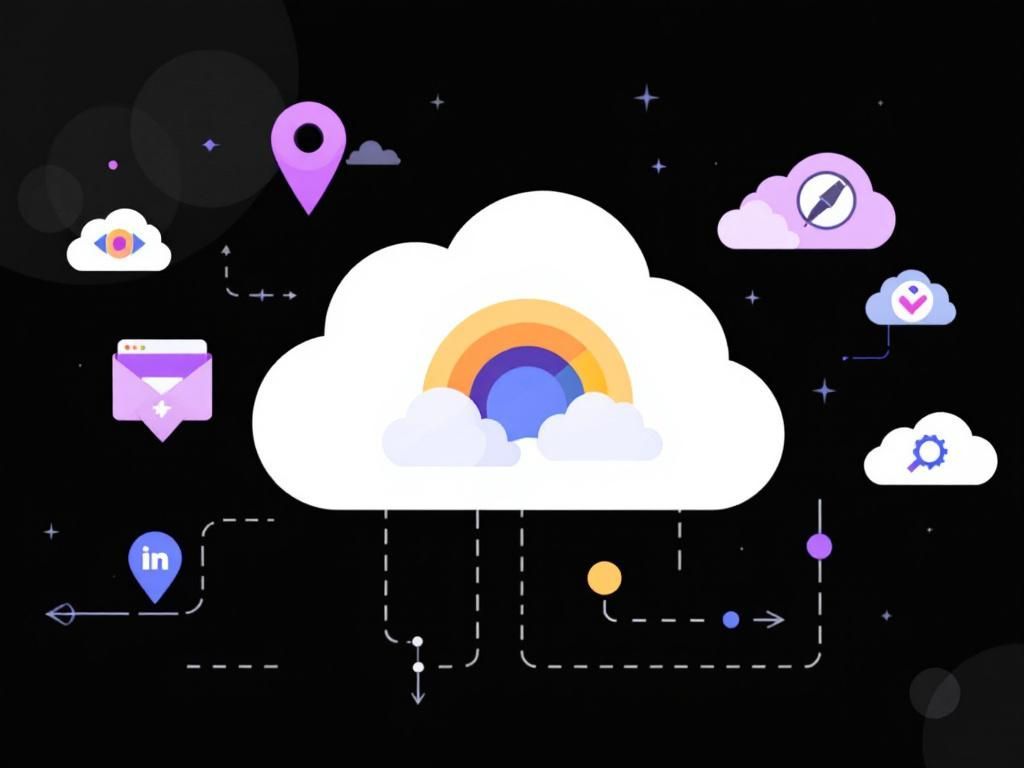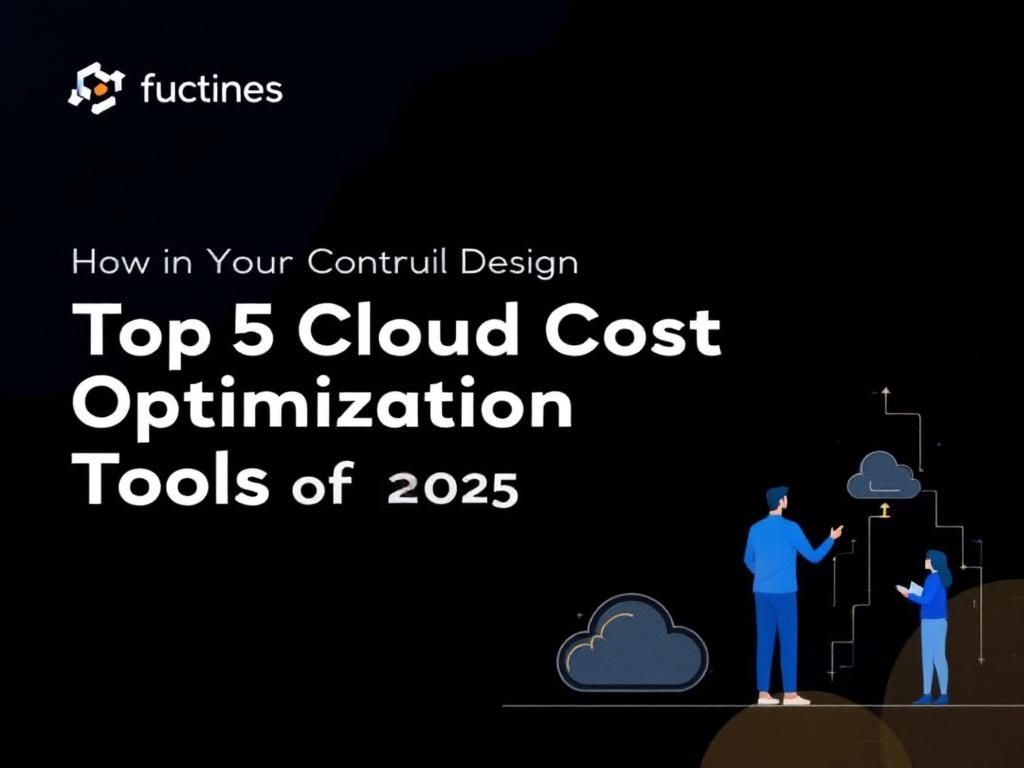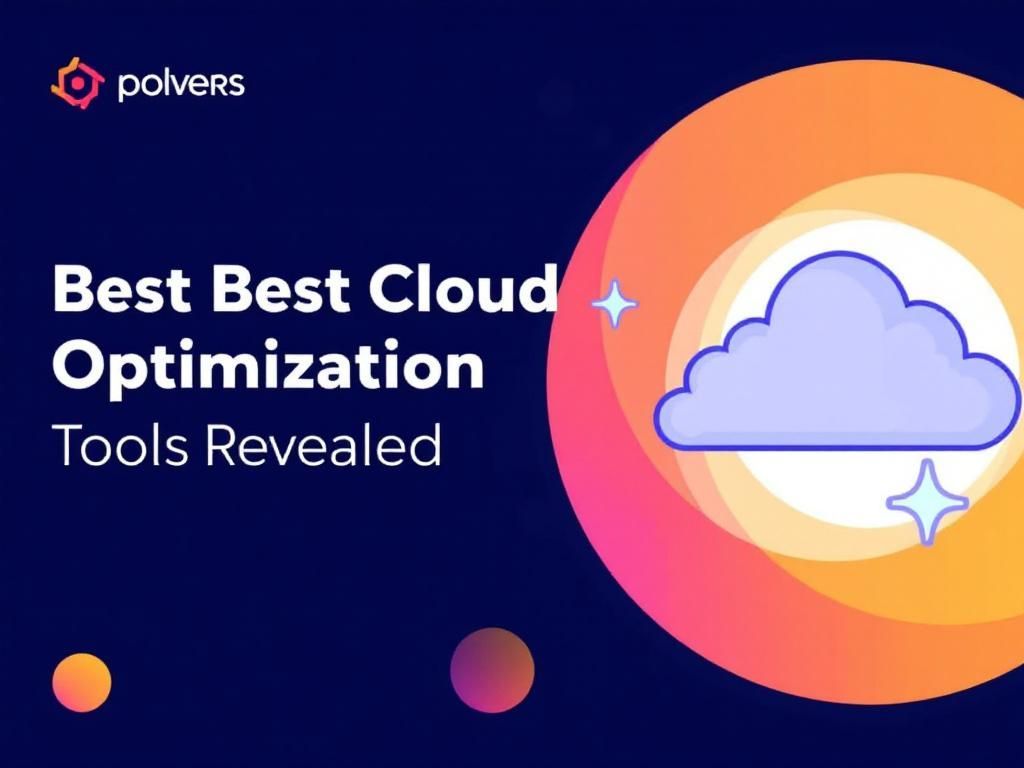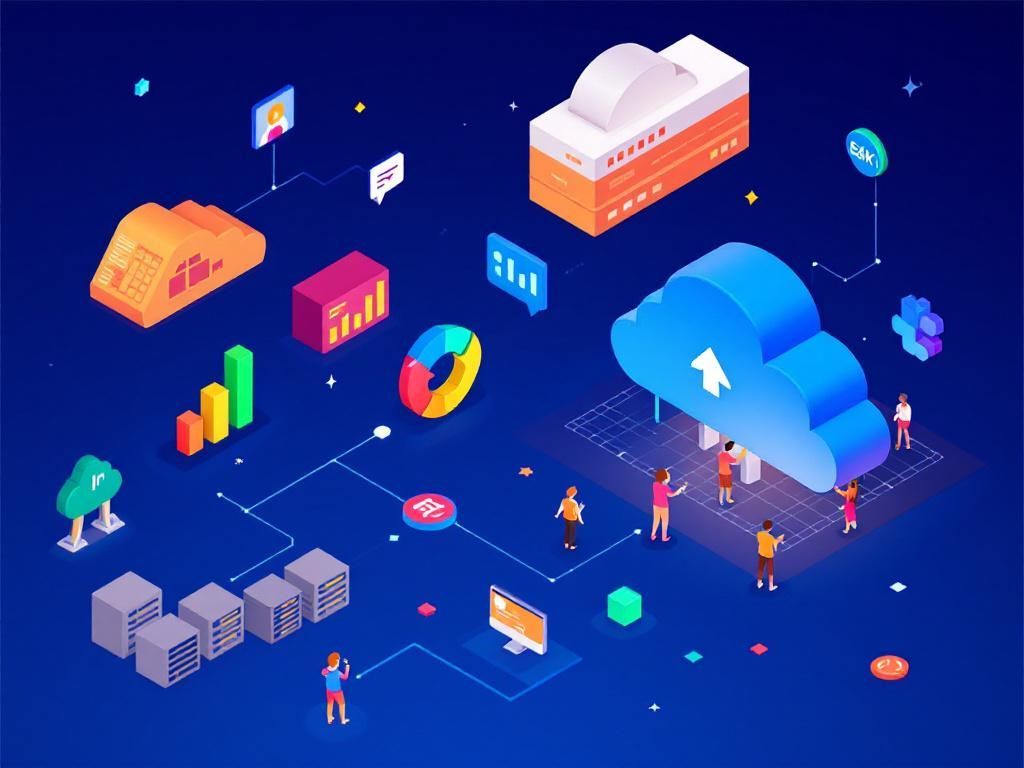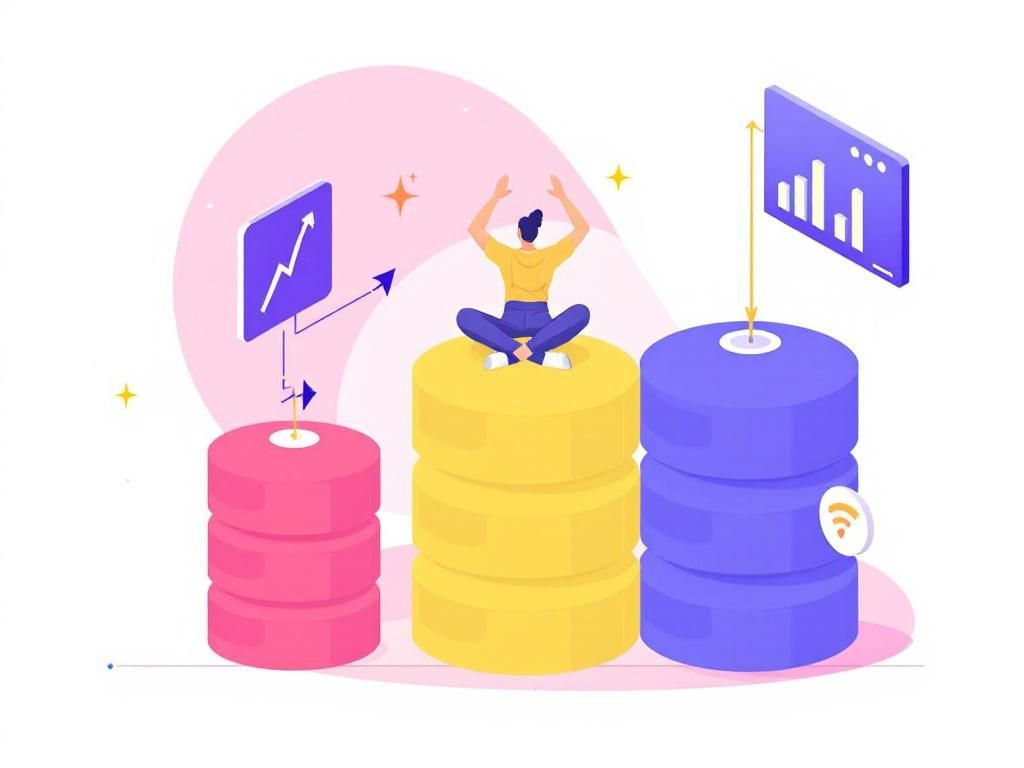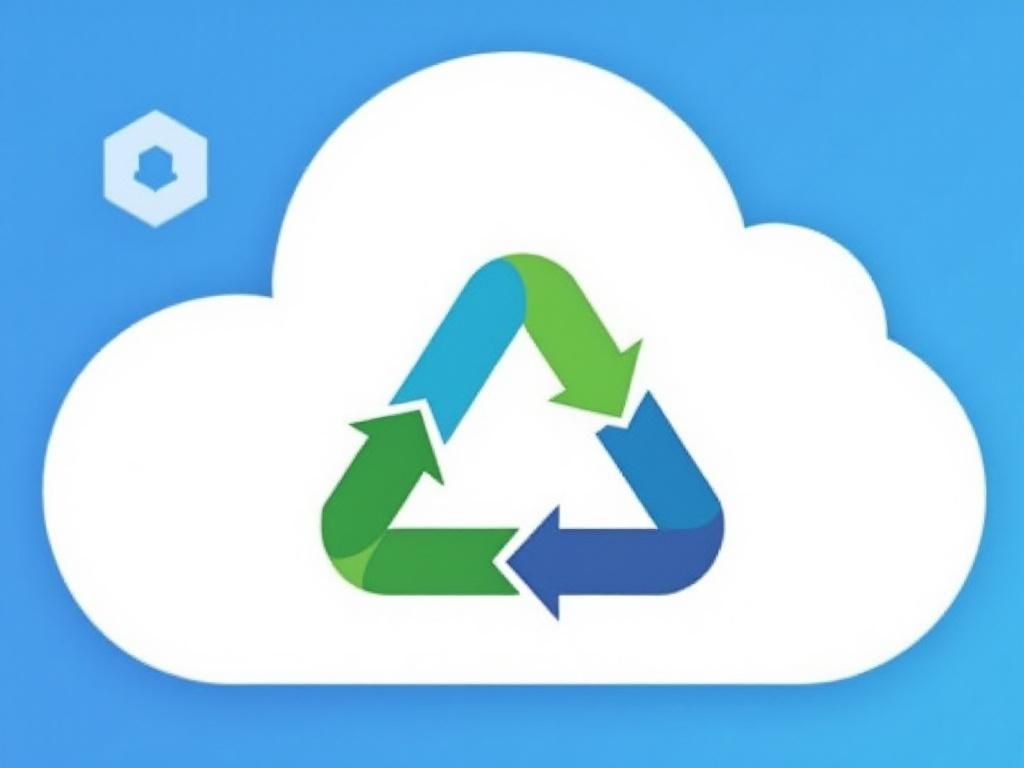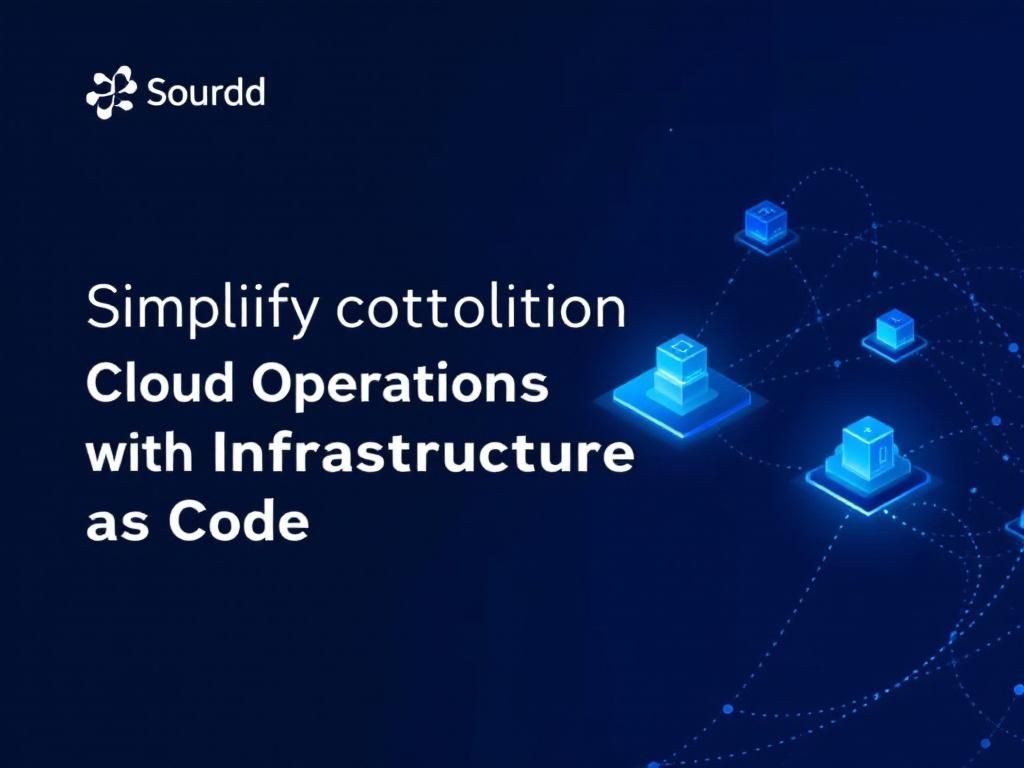2025 Guide to Legacy App Cloud Migration
Discover essential strategies and best practices for migrating legacy applications to the cloud in 2025 for enhanced performance and scalability.
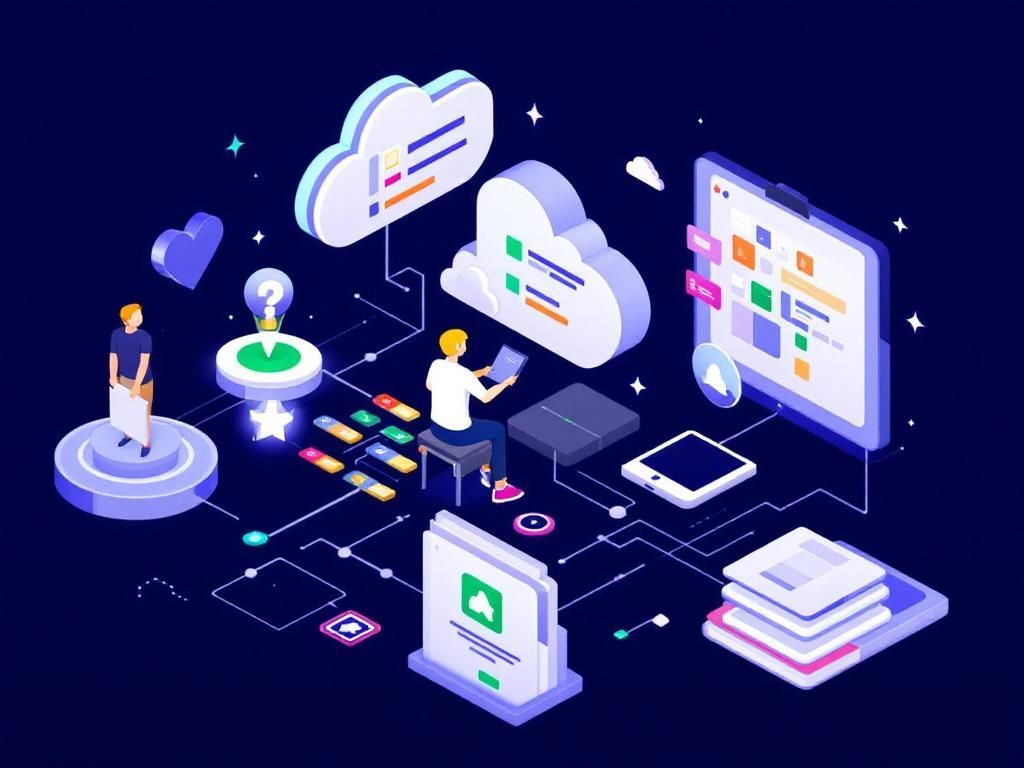
The digital landscape is evolving at a breakneck pace, and businesses who wish to remain competitive must embrace cloud migration. Legacy applications, often pivotal for business operations, can pose significant challenges during this transition. However, a well-structured approach to migrating these legacy systems to the cloud can unlock immense benefits, including scalability, flexibility, and cost-effectiveness. In this guide, we will explore the strategic steps, best practices, and tools necessary for a successful legacy app cloud migration.
Table of Contents
Understanding Legacy Applications
Legacy applications are software systems that are outdated but still in use within an organization. These applications may be critical for daily operations, yet often lack modern features, scalability, and security. Understanding these systems is the first step in planning an effective migration.
Characteristics of Legacy Applications
- Outdated Technology: Often built on older programming languages and frameworks.
- High Maintenance Costs: Require significant resources to maintain.
- Lack of Integration: Difficulty integrating with newer systems or APIs.
- Limited Scalability: Not designed to handle increased loads or user demands.
- Security Risks: More vulnerable to cyber threats due to outdated security measures.
The Cloud Migration Journey
Cloud migration is not a one-size-fits-all process. Several approaches can be tailored based on the specific needs of an organization and its legacy systems.
Key Migration Strategies
- Rehosting (Lift and Shift): Involves moving applications to the cloud without modifications.
- Refactoring: Rewriting portions of the application for better performance on the cloud platform.
- Rearchitecting: Making significant changes to make the application cloud-native.
- Repurchasing: Replacing the legacy application with a cloud-based solution.
- Retiring: Phasing out less critical applications altogether.
Planning the Migration
A comprehensive migration plan is essential for minimizing risks and ensuring a smooth transition. Key components of this plan include:
Assessment Phase
Conduct a thorough assessment of your legacy applications to understand their architecture, dependencies, and usage patterns.
| Assessment Aspect | Details |
|---|---|
| Application Inventory | List all legacy applications and their functions. |
| Dependency Mapping | Identify interdependencies between applications. |
| Performance Metrics | Evaluate current performance and user experience. |
| Compliance Requirements | Understand legal and regulatory obligations. |
Defining Migration Goals
Set clear objectives for what you want to achieve with the cloud migration:
- Cost Reduction
- Improved Scalability
- Enhanced Security
- Increased Agility
- Better User Experience
Choosing the Right Cloud Provider
Selection of a cloud service provider (CSP) can significantly influence the success of your migration. When evaluating potential providers, consider the following:
Key Factors in Provider Selection
- Service Model: Evaluate whether IaaS, PaaS, or SaaS best fits your needs.
- Compliance: Ensure the provider meets your industry’s regulatory requirements.
- Cost: Assess pricing models and long-term costs.
- Support: Look for 24/7 customer support and robust service level agreements (SLAs).
- Performance: Ensure high availability and performance metrics.
Executing the Migration
Once the planning phase is complete, it’s time to execute the migration. This step can be broken down into manageable phases:
Test Environment Setup
Before migrating the full application, set up a test environment in the cloud:
- Create a replica of your legacy environment.
- Conduct thorough testing with real data.
- Address any issues that arise during testing.
Data Migration
Data is the lifeblood of any application. Ensure a seamless data migration by:
- Cleaning and validating data before migration.
- Using automated tools for data transfer.
- Implementing a rollback plan in case of failure.
Post-Migration Activities
After a successful migration, focus on optimizing performance and user experience:
Monitor and Optimize
Regular monitoring is essential to ensure your applications perform as expected:
- Utilize monitoring tools to track performance metrics.
- Gather user feedback for continuous improvement.
- Regularly assess security measures and compliance.
Training and Change Management
Ensure your team is equipped to handle the new environment by providing training sessions and resources:
- Conduct workshops on new tools and technologies.
- Create documentation for reference.
- Establish a support system for user queries.
Conclusion
Cloud migration of legacy applications is a complex yet rewarding endeavor. By understanding the key characteristics of your legacy systems, defining clear migration goals, and executing a well-planned strategy, businesses can successfully transition to the cloud. The journey may present challenges, but with the right tools and approaches, organizations can unlock newfound efficiencies, flexibility, and opportunities for growth in the digital age.
FAQ
What is legacy app cloud migration?
Legacy app cloud migration refers to the process of moving outdated software applications from on-premises environments to cloud-based platforms to enhance performance, scalability, and accessibility.
Why should businesses consider migrating legacy applications to the cloud?
Businesses should consider migrating legacy applications to the cloud to reduce operational costs, improve system reliability, enhance security, and leverage modern technologies for better performance and user experience.
What are the key steps in the legacy app cloud migration process?
The key steps in the legacy app cloud migration process include assessing the current application environment, planning the migration strategy, selecting the right cloud platform, executing the migration, and optimizing the application post-migration.
What challenges can arise during legacy app cloud migration?
Challenges during legacy app cloud migration can include data compatibility issues, integration with existing systems, managing downtime, ensuring security compliance, and training staff on new technologies.
How can organizations ensure a successful legacy app cloud migration?
Organizations can ensure a successful legacy app cloud migration by conducting thorough planning, involving all stakeholders, utilizing experienced migration partners, and implementing a robust testing and validation process.
What are the best practices for optimizing legacy applications in the cloud?
Best practices for optimizing legacy applications in the cloud include refactoring code for cloud-native architectures, using microservices, implementing auto-scaling, and continuously monitoring application performance and user feedback.


